When you think of public transport, your mind might immediately jump to trains, subways, or even those zippy little scooters that people leave scattered around the city. But let’s not forget the humble bus, the workhorse of public transport, ferrying millions of people to their destinations daily. Buses might not have the romantic allure of trains or the high-tech appeal of subways, but they’ve quietly and reliably shaped how we move around cities. Today, we’re diving into the stories of 10 buses that have revolutionized public transport forever.
The London Routemaster: The Double-Decker Icon
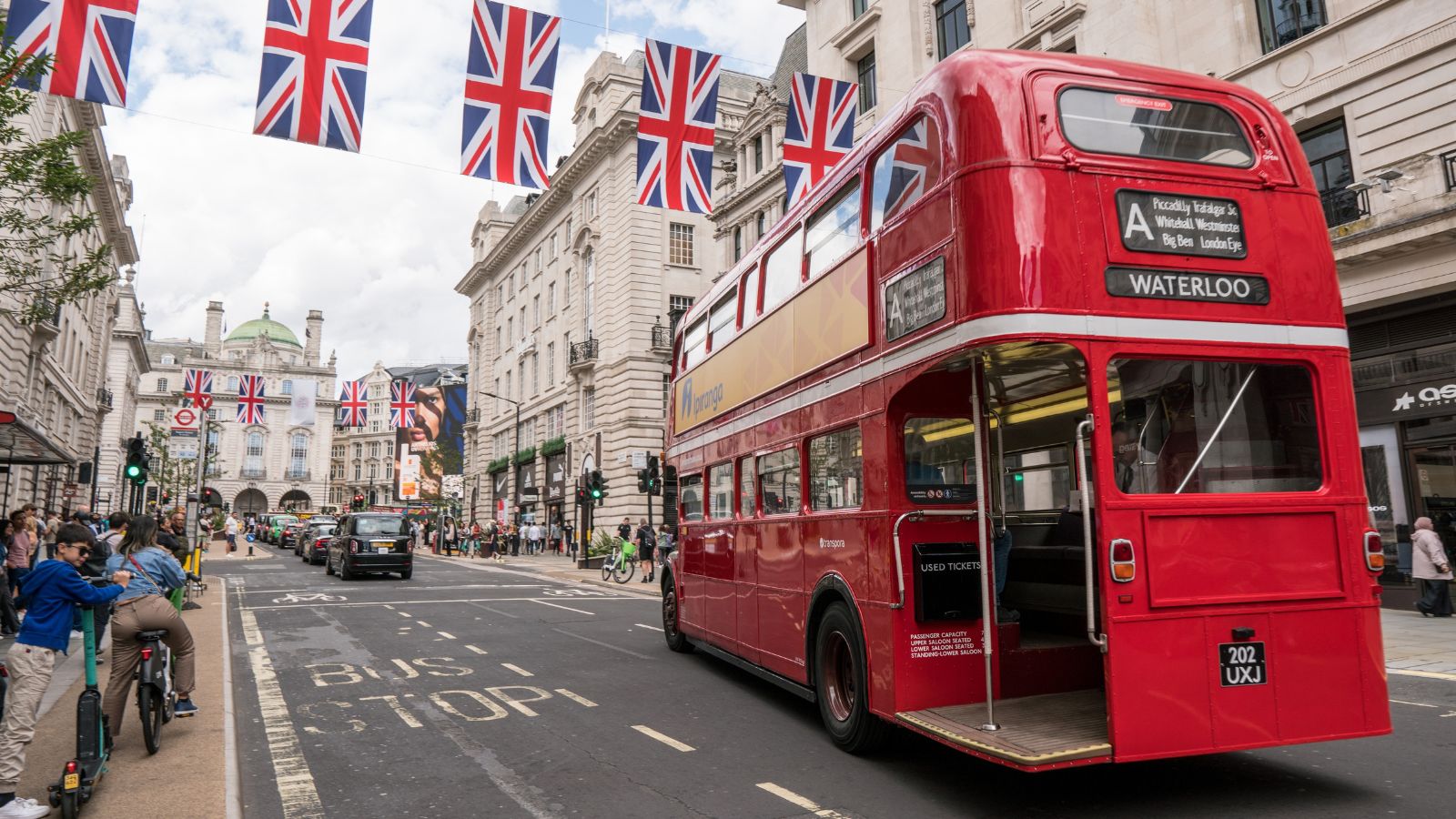
If there’s one bus that’s instantly recognizable, it’s the London Routemaster. Introduced in 1956, the Routemaster wasn’t just a bus. It was a symbol of London itself. With its distinctive red paint and open rear platform, this double-decker became the face of public transport in the UK. The Routemaster was designed to be robust and easy to maintain, emphasizing accessibility. It stayed in service until 2005, and even after its official retirement, a few continued to run on heritage routes, giving tourists and nostalgic locals a taste of old London.
The GM New Look Bus: America’s Workhorse
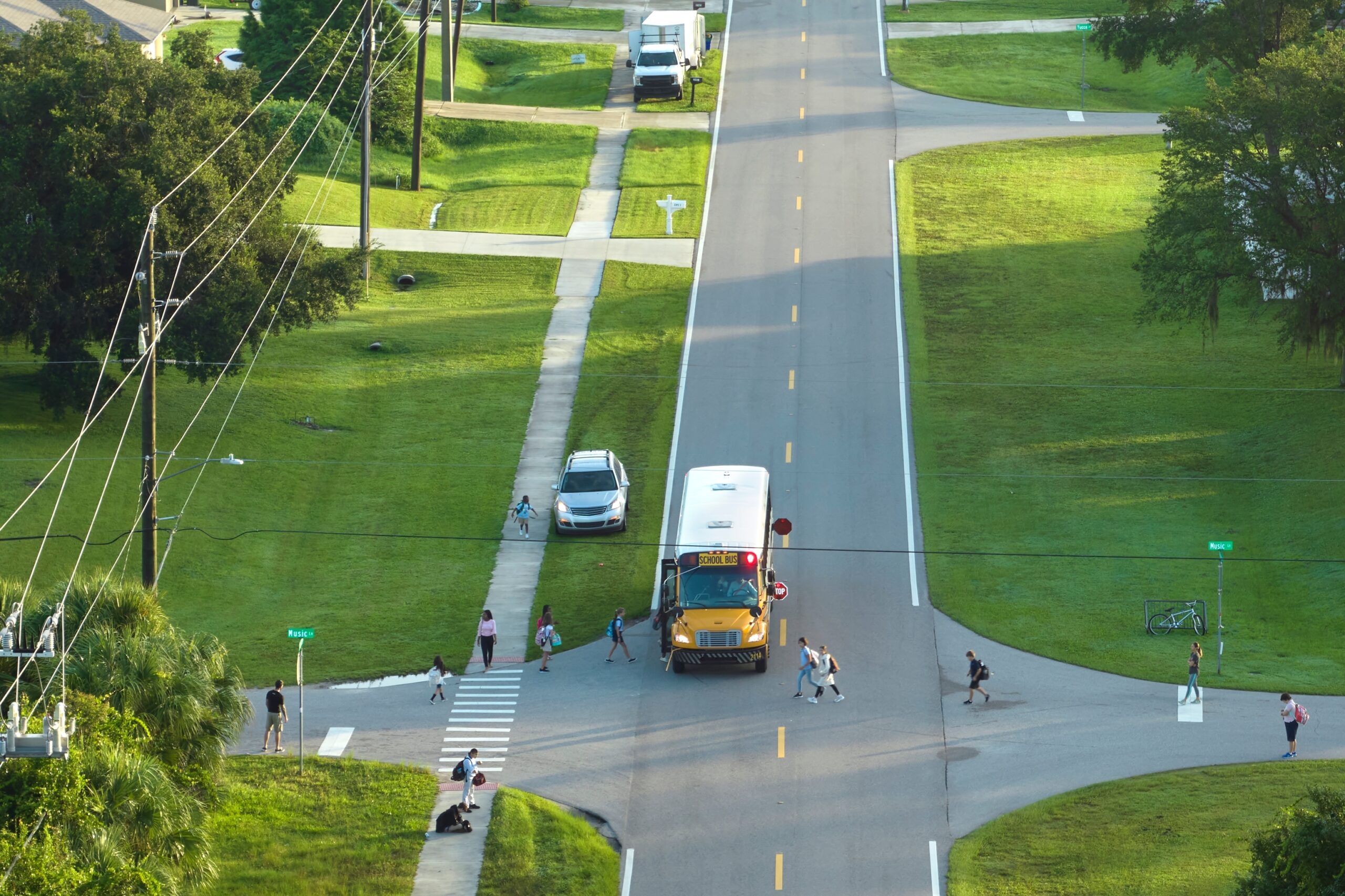
Affectionately known as the Fishbowl because of its distinctive curved windshield, the GM New Look bus was the backbone of North American public transport from the 1950s through the 1980s. First rolled out in 1959, over 44,000 of these buses were produced, and they became a staple in cities across the United States and Canada. The New Look’s design was a leap forward from the boxy buses of the past, offering improved visibility for drivers and a more spacious interior for passengers. Even today, you can still spot a few of these iconic buses in action, a testament to their durable design.
The Mercedes-Benz O305: The German Standard
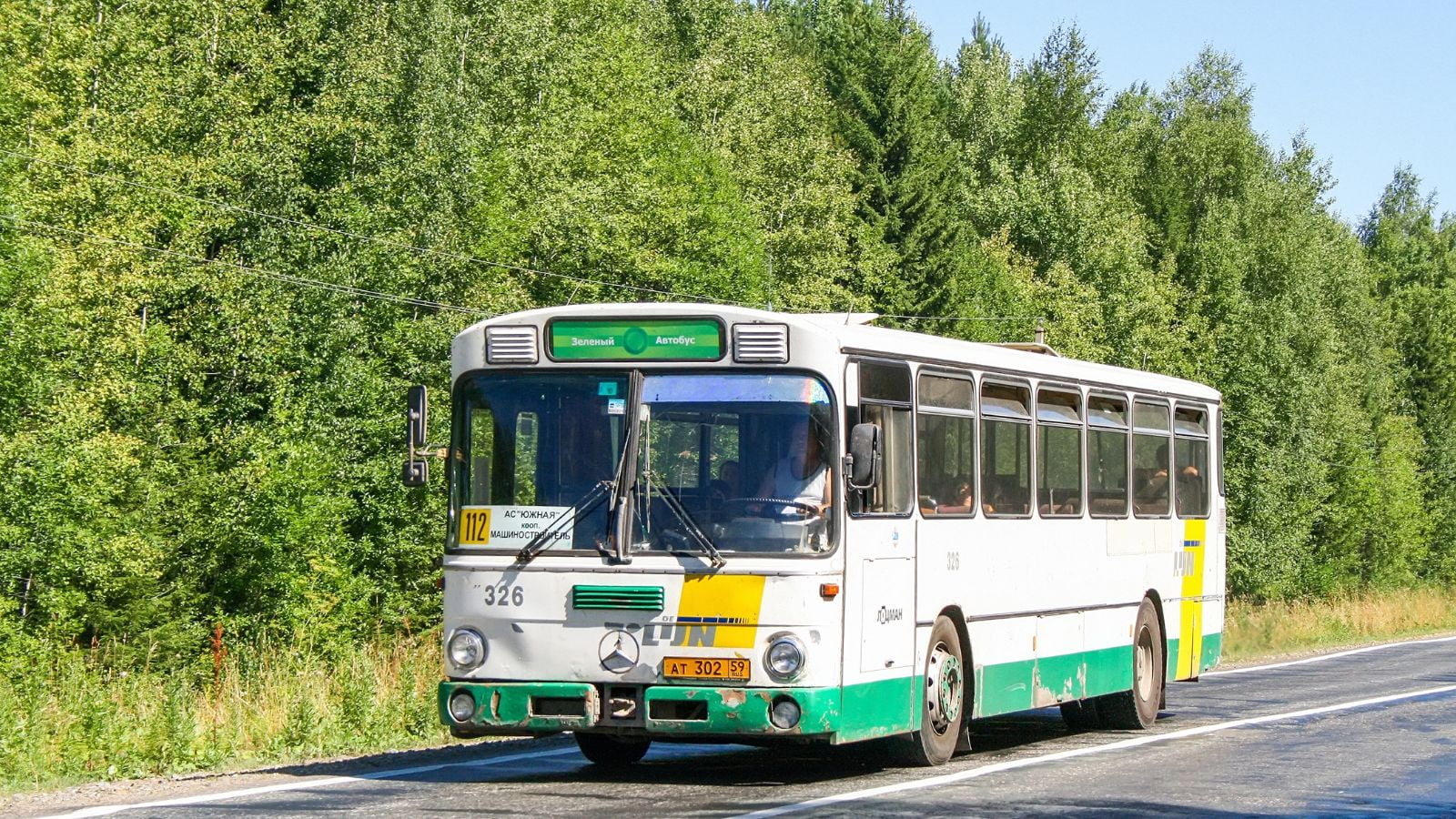
In the 1960s and 70s, Germany’s cities were bustling, and public transport needed to keep up. Enter the Mercedes Benz O305. This bus became the standard in German cities and quickly spread across Europe due to its reliability and practical design. The O305 was one of the first buses to feature a modular design, making repairs and modifications easier. Its low floor design also helped make public transport more accessible, setting a new standard for buses worldwide. The O305 was a trendsetter in its day, influencing bus design for decades.
The Leyland Titan: Britain’s Urban Warrior
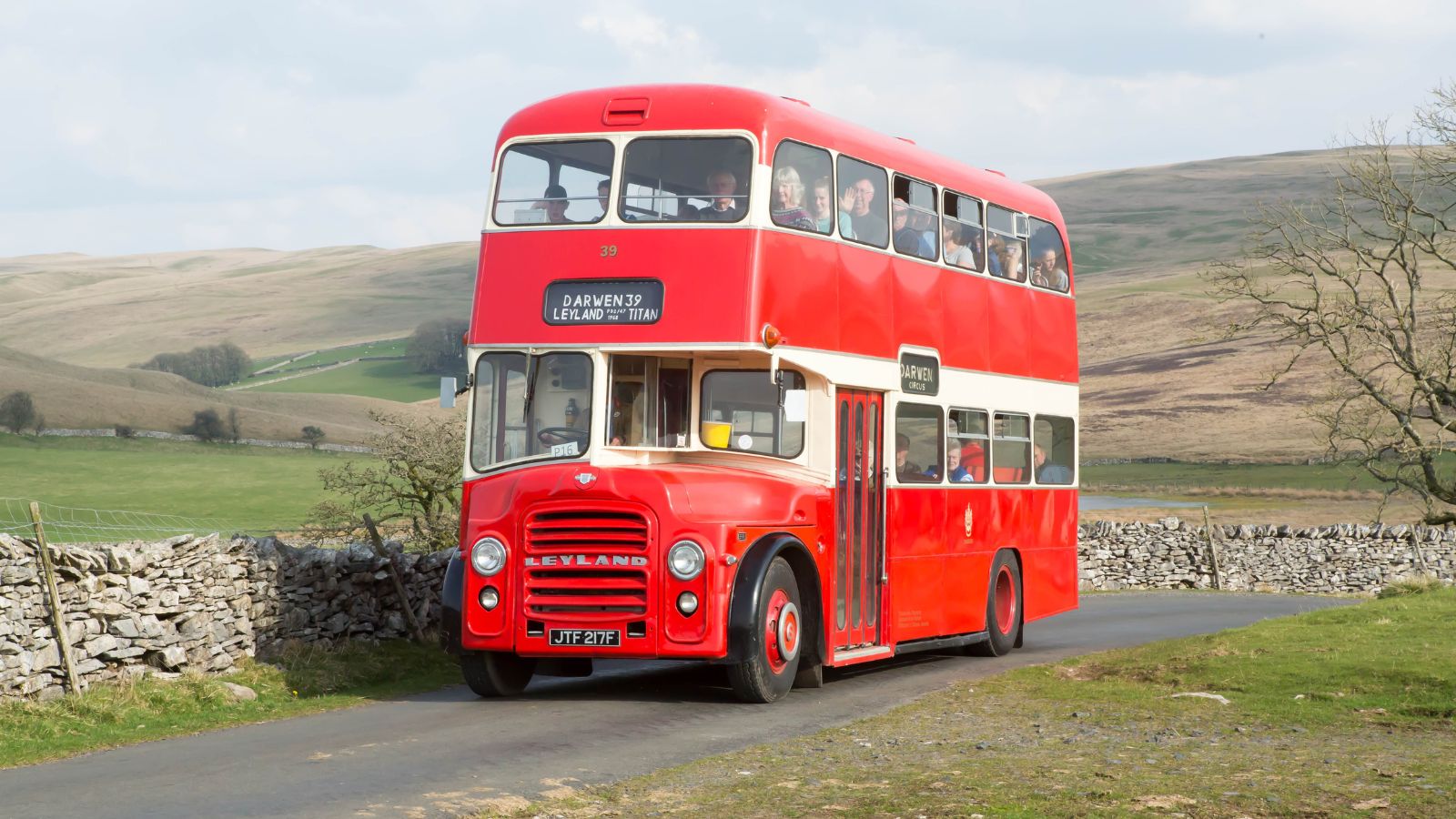
The Leyland Titan first hit the streets in 1927, and over the decades, it has evolved into one of the most successful double-decker buses in the world. It was built like a tank. No wonder it became a staple of Britain’s urban landscape. The Titan’s design was simple but effective, allowing it to easily navigate the narrow streets of British cities. It became a favorite among drivers and passengers alike for its reliability and comfort. The Titan wasn’t just a bus. It symbolized Britain’s commitment to practical, efficient public transport.
The Ikarus 280: The Articulated Innovator
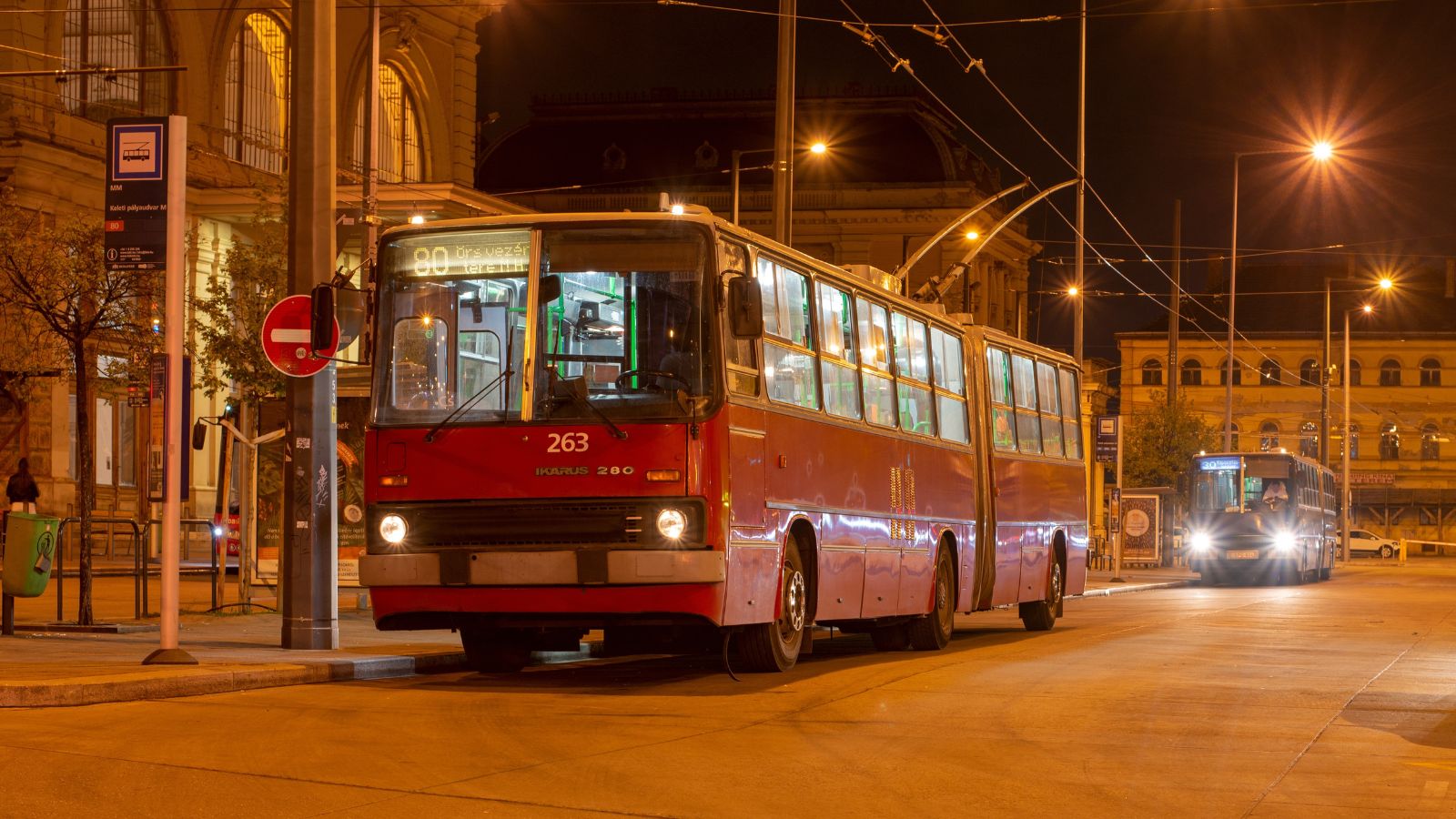
When you think of articulated buses, those extra-long buses with flexible middle sections, the Ikarus 280, come to mind. This Hungarian-made bus first rolled off the production line in 1973 and quickly became a favorite in Eastern Europe, the Soviet Union, and beyond. The Ikarus 280 was designed to carry many passengers, making it ideal for busy urban routes. Its unique articulated design allowed for increased capacity without sacrificing maneuverability, a feature that has since become standard in many modern cities worldwide.
The Volvo B10M: The Global Traveler
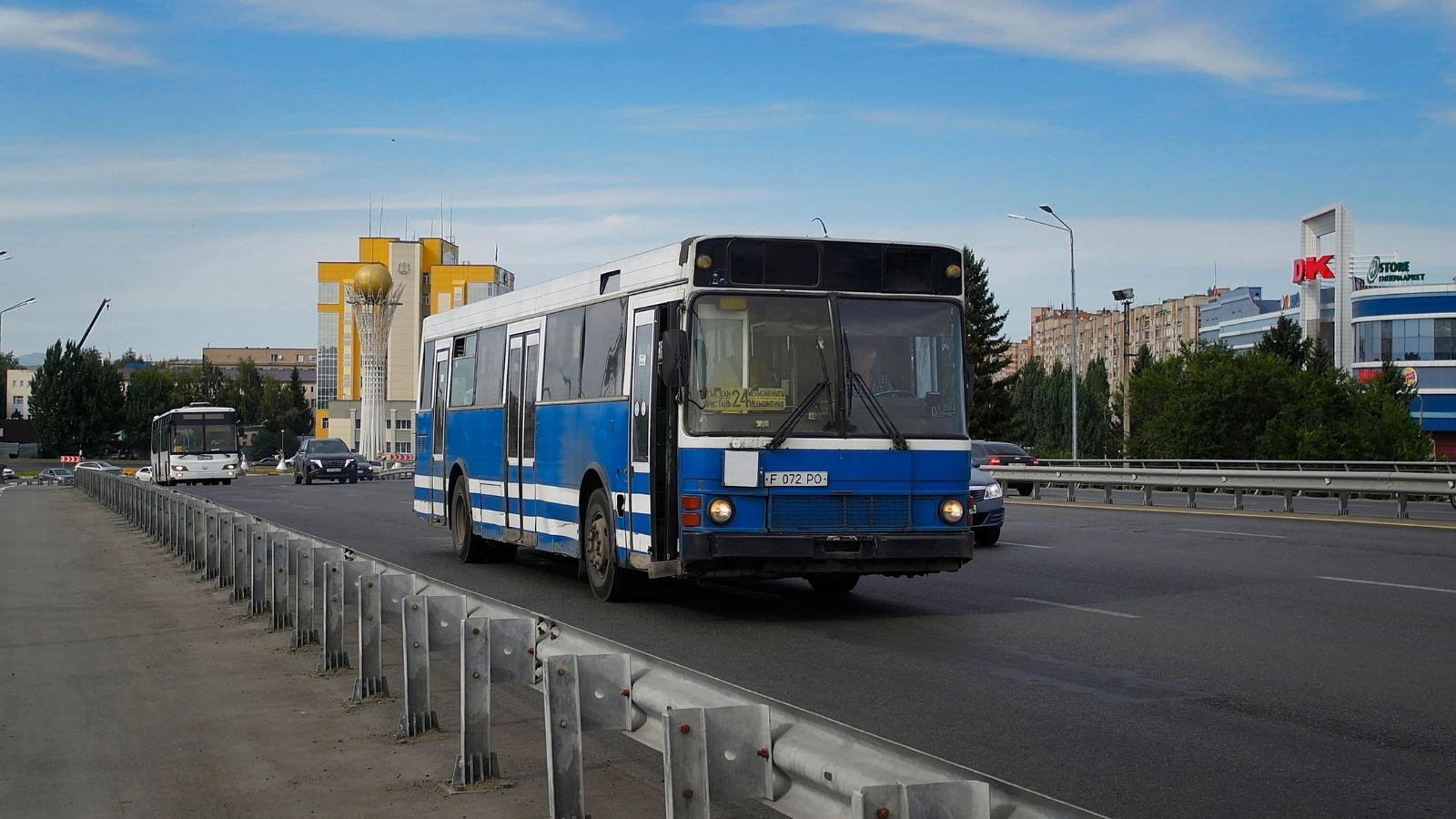
The Volvo B10M wasn’t just a bus. It was a global phenomenon. Produced from 1978 to 2003, this versatile bus could be found in cities from Stockholm to Sydney. Its mid-mounted engine design made it incredibly adaptable, allowing it to be used for everything from city buses to long-distance coaches. The B10M was known for its durability and smooth ride, and it quickly became a favorite among drivers and passengers alike. Whether navigating Scandinavia’s snowy streets or Australia’s sunny roads, the B10M proved that a well-designed bus could thrive anywhere.
The Blue Bird All American: The School Bus Legend
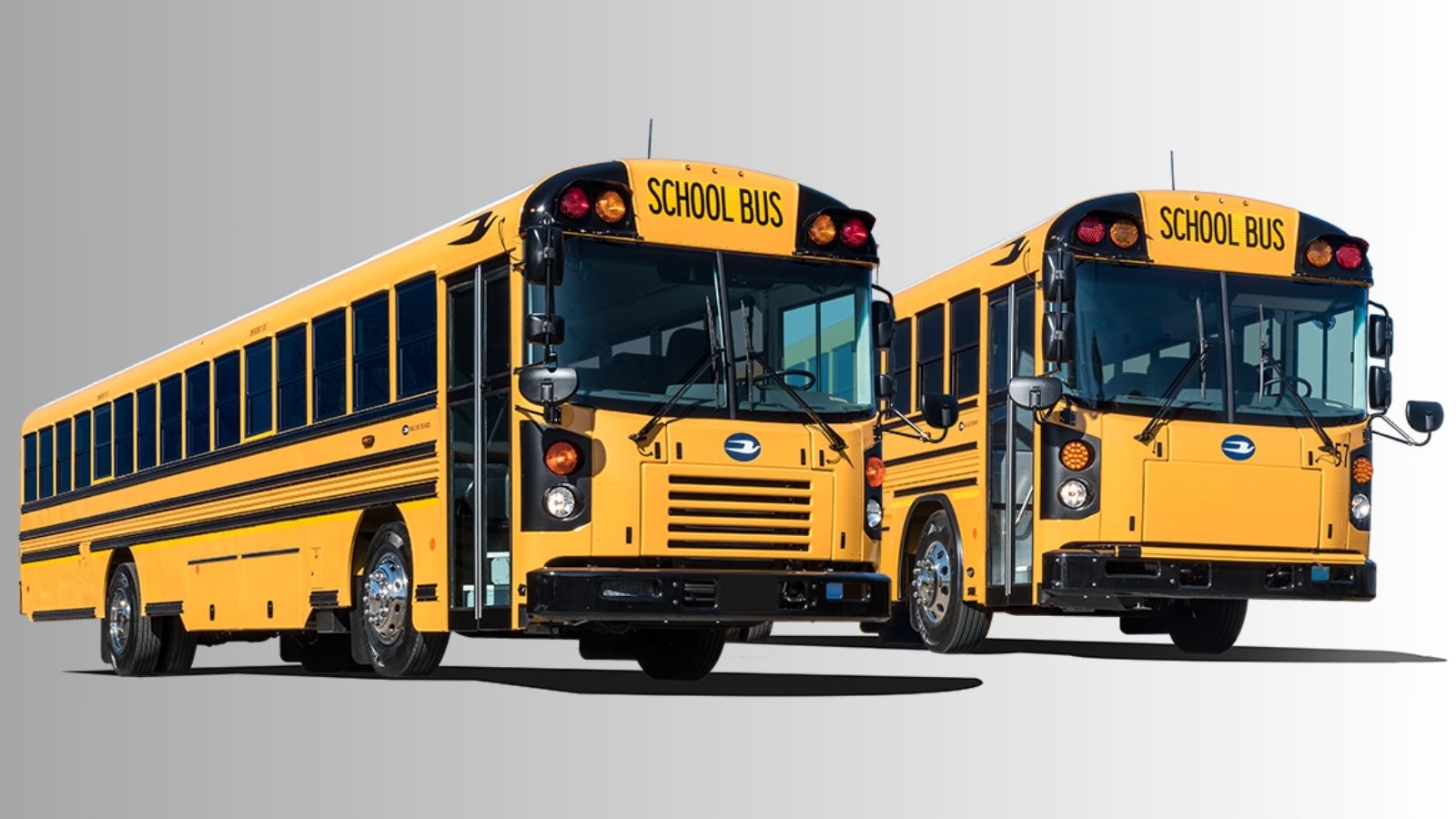
No list of iconic buses would be complete without mentioning the Blue Bird All-American. The yellow school bus has become synonymous with childhood in North America. Introduced in 1948, the Blue Bird All-American wasn’t just a mode of transport. It was a rite of passage. Its distinctive design, rounded nose, and high visibility made it instantly recognizable. But it wasn’t just about looks. The All-American was built to be safe, with reinforced steel construction and high seat backs to protect its precious cargo. Over the decades, it has been continuously updated to meet modern safety standards, ensuring that generations of children can continue to ride to school safely.
The MAN SL200: The Australian Favorite
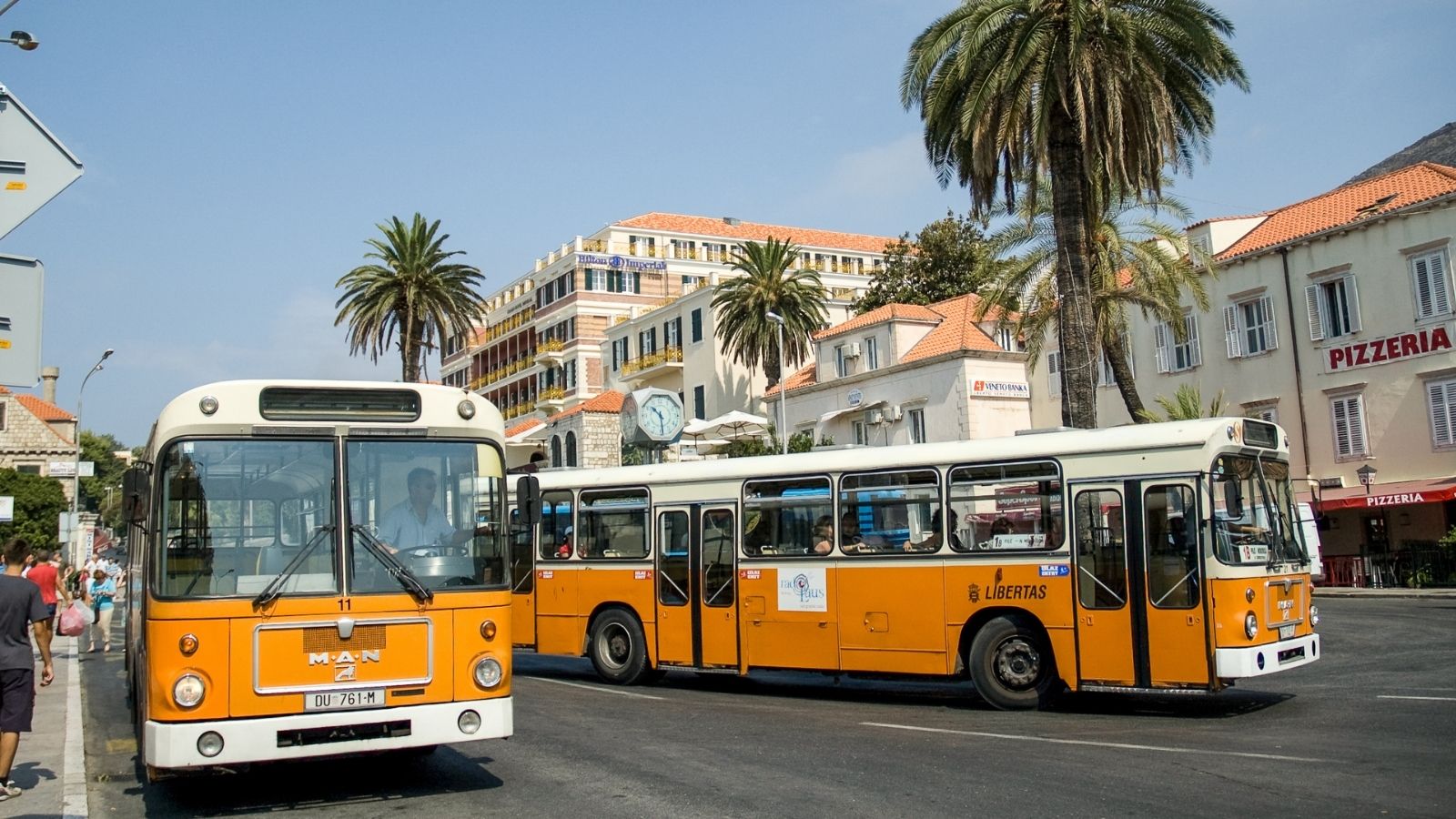
In the 1970s, Australia sought a bus that could handle its unique urban challenges, and the MAN SL200 stepped up to the plate. This German-engineered bus became a mainstay in Australian cities thanks to its reliability, efficiency, and ease of maintenance. The SL200 was known for its distinctive slant design, which improved aerodynamics and fuel efficiency, a forward-thinking feature at the time. It became beloved by drivers for its responsive handling and passengers for its comfortable ride. Even after newer models were introduced, the SL200 remained a favorite on the streets of Australia, with many still in service today.
The Toyota Coaster: The Minibus Marvel
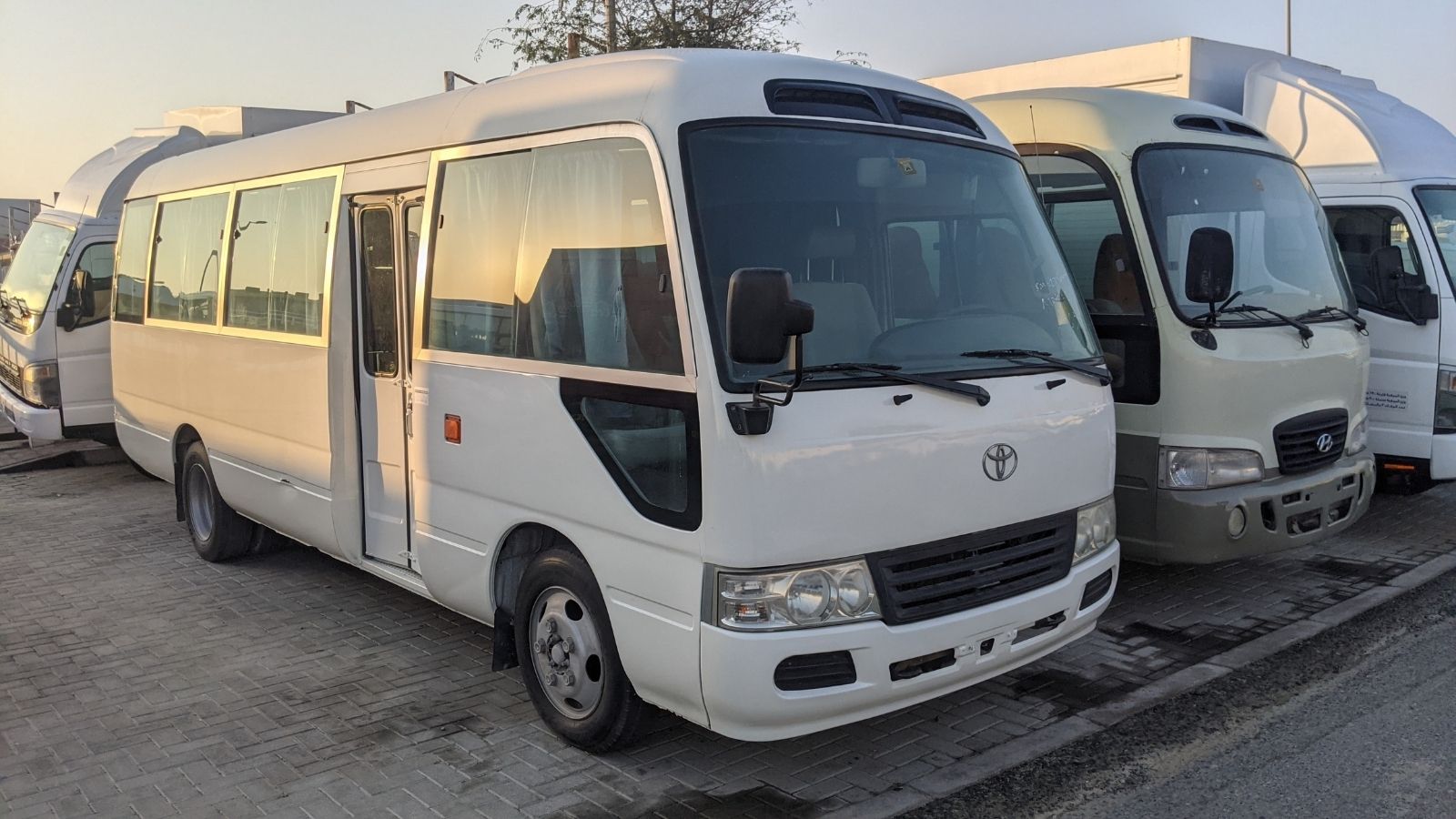
Regarding minibusses, the Toyota Coaster is in a league of its own. First introduced in 1969, the Coaster quickly became the go-to choice for small-group transport in cities worldwide. Its compact size made it perfect for navigating narrow streets and crowded urban areas, while its sturdy construction ensured it could handle the daily grind of public transport. The Coaster was also incredibly versatile, used for everything from school buses to airport shuttles to tour buses. Its reputation for reliability and low maintenance costs made it a favorite among operators, and it continues to be a popular choice in many parts of the world.
The Proterra Catalyst: The Electric Pioneer
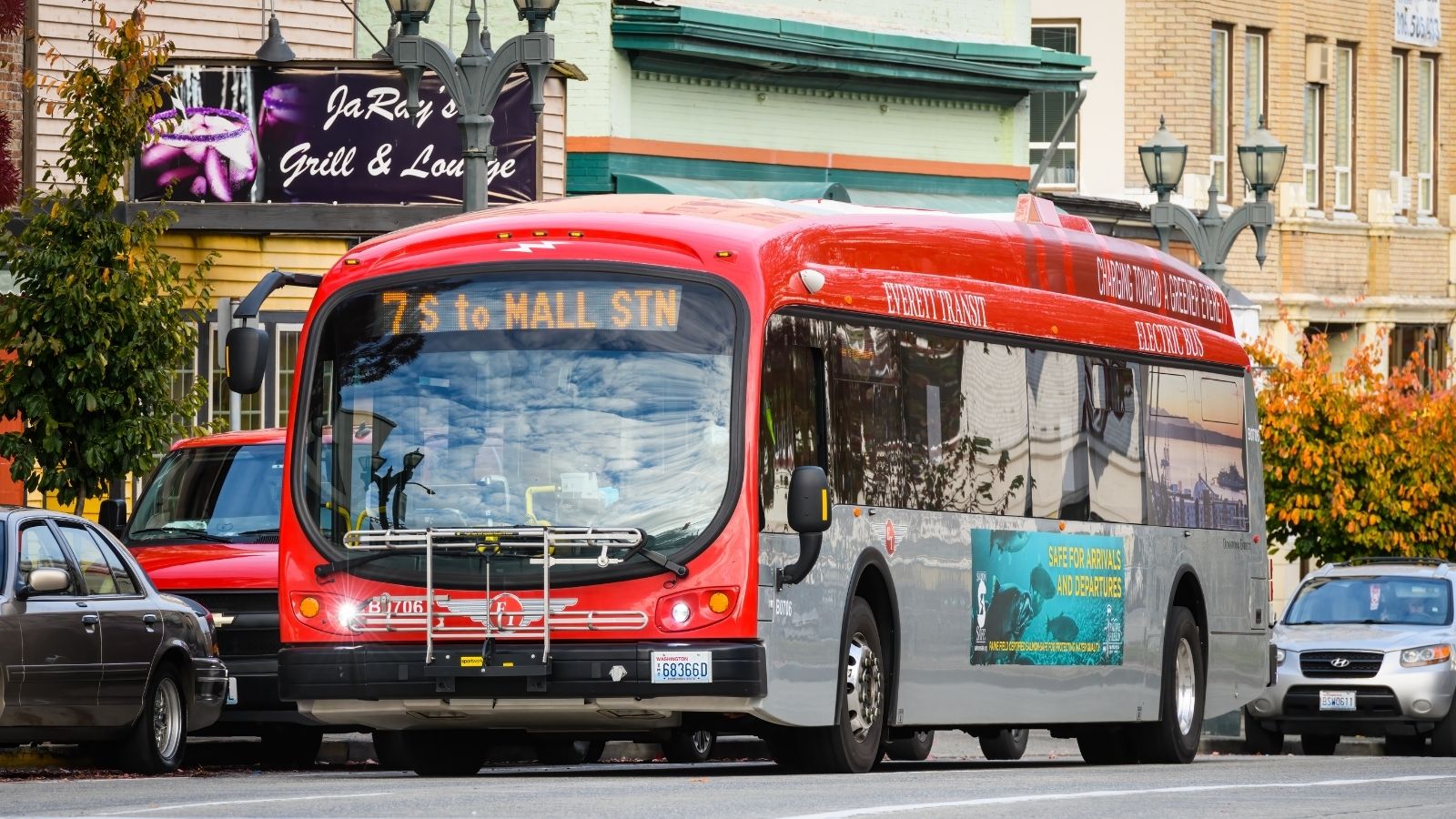
As the world shifts towards more sustainable forms of transport, the Proterra Catalyst has emerged as a leader in the electric bus revolution. Introduced in 2015, the Catalyst is a fully electric bus designed to reduce emissions and improve air quality in urban areas. But it’s not just about being green. The Catalyst is also packed with cutting-edge technology, including regenerative braking, fast charging capabilities, and a lightweight composite body for improved efficiency. With its sleek design and zero emissions operation, the Catalyst is helping to redefine what a city bus can be, paving the way for a cleaner, greener future.
11 Cars that are Known for Breaking Down Regularly

No car company wants to deliver a dud. However, even though companies try their best to deliver excellent cars, some cars turn out to be lemons, breaking down frequently. This creates problems for both the consumer and the manufacturer.
11 Cars that are Known for Breaking Down Regularly
